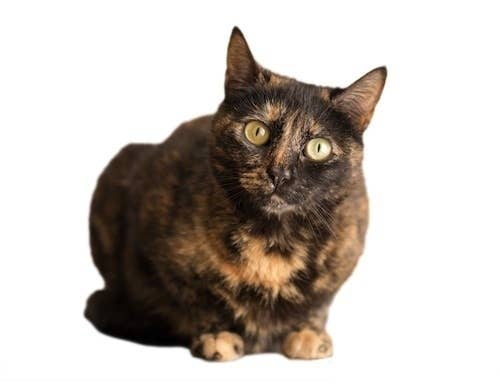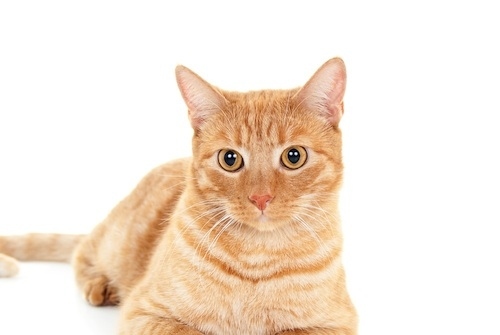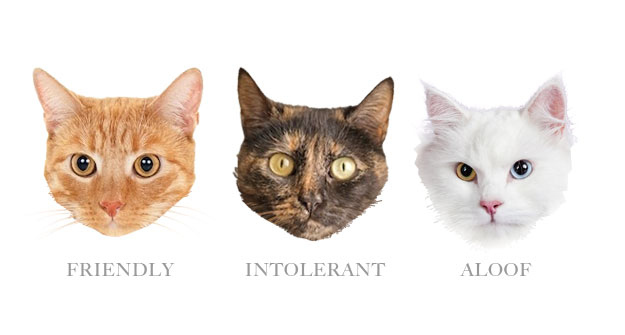
It may have a lovely coat, but what about its personality? Is it
active
aloof
bold
calm
friendly
intolerant
shy
stubborn
tolerant
or trainable?
(You can pick more than one.)

Is it active, aloof, bold, calm, friendly, intolerant, shy, stubborn, tolerant, or trainable?

Active, aloof, bold, calm, friendly, intolerant, shy, stubborn, tolerant, or trainable?
Psychology researcher Mikel Delgado and her coauthors created a survey to ask people similar questions. They recruited 189 participants, and asked them to rank how much they thought white, tortoiseshell, and orange cats possessed the ten traits above. The study also included black cats and bi-colored cats ("questions about bi-colored cats would show whether the presence of white patches might impact attitudes to cat personality"). The general goal was to find out whether, and how, humans judged cats by their coats.
If you thought the orange cat looked friendly, you're in good company — survey respondents were more likely to attribute friendliness to orange cats than to the other colors (except bi-colored, who are apparently also seen as friendly). The study authors found this a bit surprising, since "depictions of some of the most well-known orange cats in American culture, such as Morris, 'The world’s most finicky cat' and Garfield, who is described as lazy and cynical, are not positive." However, it's possible that "the tendency for orange cats to be highly anthropomorphized in advertising and other popular media influences their popularity. For example, both Morris and Garfield are depicted as being able to talk."
White cats, meanwhile, were more likely than others to be seen as aloof, calm, and shy. Tortoiseshell cats were aloof and intolerant. Black cats were just average at everything — no traits stood out as being more commonly applied to them.

Delgado and her coauthors note that these perceptions actually matter to kitties' well-being, since they could influence whether people adopt cats from shelters. They suggest that shelter employees take people's color biases into account and adjust accordingly: for instance, they "may want to promote white and tortoiseshell cats by emphasizing positive personality traits, recognizing that people may hold negative biases about these colors of cats." They could also put up Garfield cartoons to remind people that orange cats can be total jerks.
